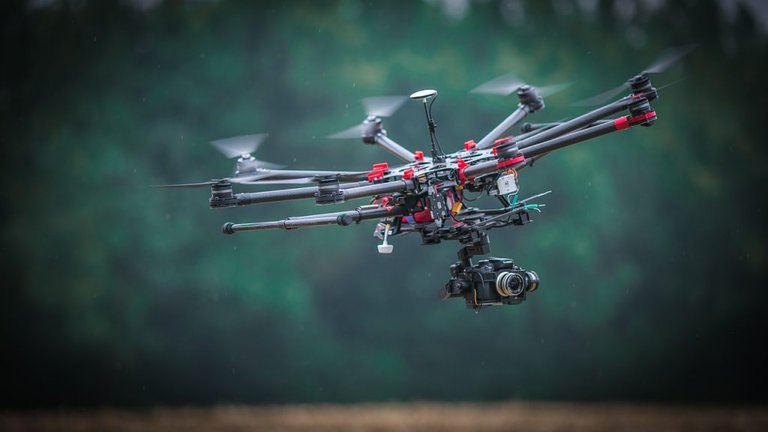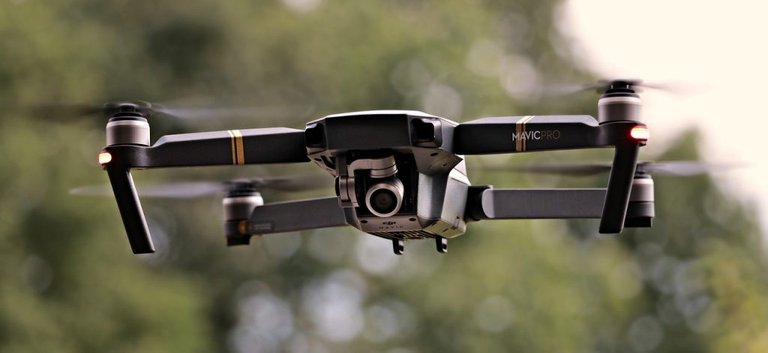
What can be more spectacular than a landscape photograph taken above an island? How about an aerial video of your barbecue party? You need a drone for any of the two. If you don’t know what you’re looking for, a drone could cost from $100 to $2,000. Given such a wide range of prices, it’s almost impossible to determine which is the best drone for your needs. We compiled a guide to help you decipher all those characteristics and find the product that matches your plans.
There’s a Reason Behind Every Purchase;
The drones you find in online stores are usually made for recreational purposes. Gadget and tech enthusiasts usually buy a drone for so many reasons that they have high chances of missing out their essential features. According to TodayBestDrone, models should differ by user category – beginner, intermediate and advances. Choosing a drone which doesn’t match your skills only leads to products you don’t know how to use and even higher damage risk.
Also, you buy the flying gadget according to how you want to use it. Racing drones have performance-related features, while photography and video drones should ensure stability and optimal support for your trusted camera. Drones can be useful for personal or professional use – for events, video making, advertising purposes and much more. Define why you want a drone to notice what you should look for.
It’s time to also set a budget. Seeing how much you’d pay for a drone reveals what expectations you should have when searching for a model.
Tip: You don’t just purchase a drone and use it, even though many models are ready-to-fly and require no installation. Drones may be easy to flown, but they are also sensitive. Develop and polish your skills with a drone simulator before operating a real-life drone.
What to Look for in the Best Drone Available Out There
There are a few basic features that the perfect drone should have. You might not even know that you’re searching for them when scrolling through drones. Here they are.
Average battery life. The drone usually flies between 10 minutes (small-sized models) and 30 minutes (medium drones). Many products require around an hour of charging between flights. However, some drones differ – so look for the battery life in product specs.
Brushless motors. They work hand in hand with batteries as they expand the lifespan of the drone and provide quiet operation. Drones without brushless motors are suitable for aerial photography. However, nobody wants to shoot a video with a noisy drone.
Headless mode: You operate the drone through the remote control. However, the headless mote eases drone maneuver as it moves depending on your body position, instead of where the joystick is pointing.
Range: The drone can go a certain distance before you lose control over it. The range notifies you of the distance that the drone can reach.
Stability: Drones for photography purposes should ensure two types of stability. The camera needs to stand tight and still inside the drone support. Also, the drone itself should be able to stand still for a picture or video shoot.
Optional Features;
GPS: Drones with GPS find a way home easier when their batteries are low. This option is available in premium models. Regular drones usually have the return-to-home mode. The drone returns with higher stability and easier navigation.
Camera: Drones may have integrated cameras or have room for your DSLR, GoPro or other type of camera. Camera specs are essential. However, you should find drones which let you integrate your own high-resolution camera.
Obstacle avoidance. Some drones can avoid obstacles by themselves regardless of your commands. Obstacle avoidance protects the drone from crashing into trees or obstacles.

After the Purchase
Once you’ve bought the drone, you should take a few more steps before lifting it to the skies.
You need a remote pilot certification to handle a drone, regardless of its purpose. You should also register the drone to declare that you’re using it responsibly. The authority which handles drone registration is the Federal Aviation Administration (FAA).
Also, there are also national and local restrictions regarding the use of drones. Generally, you should stay away from airports, private property, government and public facilities and national parks.
However, there’s also an etiquette which you might find disturbing, at some point. Usually, you should not fly the drone close or over groups of people. However, you should prepare your mind for reactions to your drone. People are used to thinking that a drone invades their property. Also, people will think the drone is dangerous and you cannot fully control it. This is a matter of opinions and if someone approaches you – be polite.
Using the Drone;
Drones are so popular and spectacular now that more and more photography contests are won by aerial photographers who use drones. They are so widespread that you might even know persons who own and use a drone. Specialized communities are extremely useful if you plan to develop your hobby. Don’t be afraid to join such a community and get involved or initiate discussions.
Before taking the drone out for an aerial walk, make sure that you acknowledge all its features, modes and options. Use it as a relaxation, to avoid operating the drone while you’re afraid of crashing it. You just purchased the best drone you could have, so make full use of it!
Acknowledgement - Don Caprio
Congratulations @tomblaize! You have received a personal award!
Click on the badge to view your Board of Honor.
Do not miss the last post from @steemitboard:
Congratulations @tomblaize! You received a personal award!
You can view your badges on your Steem Board and compare to others on the Steem Ranking
Vote for @Steemitboard as a witness to get one more award and increased upvotes!